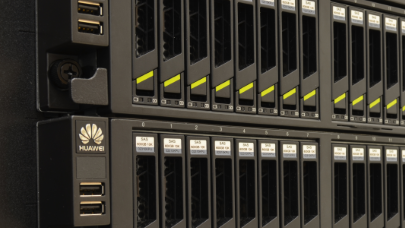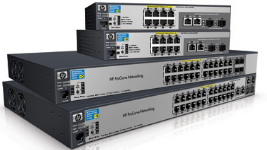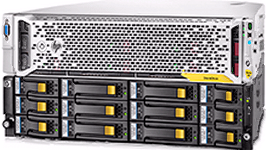The memristors are circuits of a new kind that go back to 2008. Their peculiarity is to be inspired by the human brain. Unlike traditional processors, the prototype of this new kind of processor only handle single tasks at the moment, like differentiating between black and white colors of presented objects. In the future, memristors should be able to handle way more complex data like speech, images and the surrounding environment.
The memristor developed by researchers at the Universities of California and Stony Brook, processes data not with digital logic circuits, but with elements that mimic, in simplified form, the neurons and synapses of the biological brain. When such a network is exposed to new data, it “learns” by dynamically rewiring the synapses that connect neurons together.
A new approach to an existing concept
Software versions of neural networks have been around for decades and have recently been at the heart of innovations in facial recognition and speech, in the context of demonstrations by Facebook and Google. Another experiment conducted by Google has demonstrated a neural network learning to recognize cats from YouTube images. For this experiment, Google has used 16,000 processors during three days. If this experience can make us smile, we only need to imagine the possibilities of a much smaller and more energy-efficient neural processor. Such processors could for example allow mobile robots to be able not only to learn from the existing environment, but also to get closer to a form of intelligence by correlating and contextualizing collected data.
Synapses and neurons in high-tech version
IBM was the first to attempt to make “neuromorphic” circuits inspired by the human brain, but using the same materials than traditional processors, i.e. silicon-based transistors. But according to Dmitri Strukov, assistant professor at the University of California, Santa Barbara who led the work on the new Memristor chip, the usual components are not adapted to simulate such operation. One reason is the large number of transistors needed to represent a single synapse. Conversely, on the Memristor prototype, each of the 100 synapses is represented by a single Memristor.
“A biological synapse is an analog memory device, and it really is not a satisfactory solution in terms of compactness and energy savings using conventional technologies,” Strukov said. “However, memristors are a device analog memory and are perfectly suited to achieve this goal.”
The potential to change computing as we know it
Robert Legenstein, associate professor at the Graz University of Technology in Austria, believes that “if this concept can be extended to neural networks of large size, it will affect the future of computing: laptops, mobile phones and robots could incorporate low-energy capable of neuromorphic powerful processors to process visual information, hearing and any type of sensory information in real time. ”
A 44-year old mathematical model comes alive
The memristor was predicted mathematically in 1971 by Leon Chua, a professor of electronics at the University of California, Berkeley. It was created in 2008, when a team of Hewlett-Packard researchers, of which was part Strukov, created simple circuits, with electrical resistance properties coded as current. These circuits were immediately considered as having the potential to be used for storage of denser data in a neural network.
Memristor-propelled RRAM for tomorrow’s computing
HP and Hynix memory manufacturer began cooperating in 2010 to develop components based on Memristors as RRAM or ReRAM ultrafast memories. But until now, no one had created a neural chip built entirely with memristors says Strukov. His team has since developed ways to improve the memristors manufacturing process to produce more reliable devices than before. This is a bet on the future, memristors have the potential to radically redefine computer architecture, he says. Enough to hold according to hp, 100 TB of data on a smartphone in less than ten years !
© HPC Today 2024 - All rights reserved.
Thank you for reading HPC Today.

































